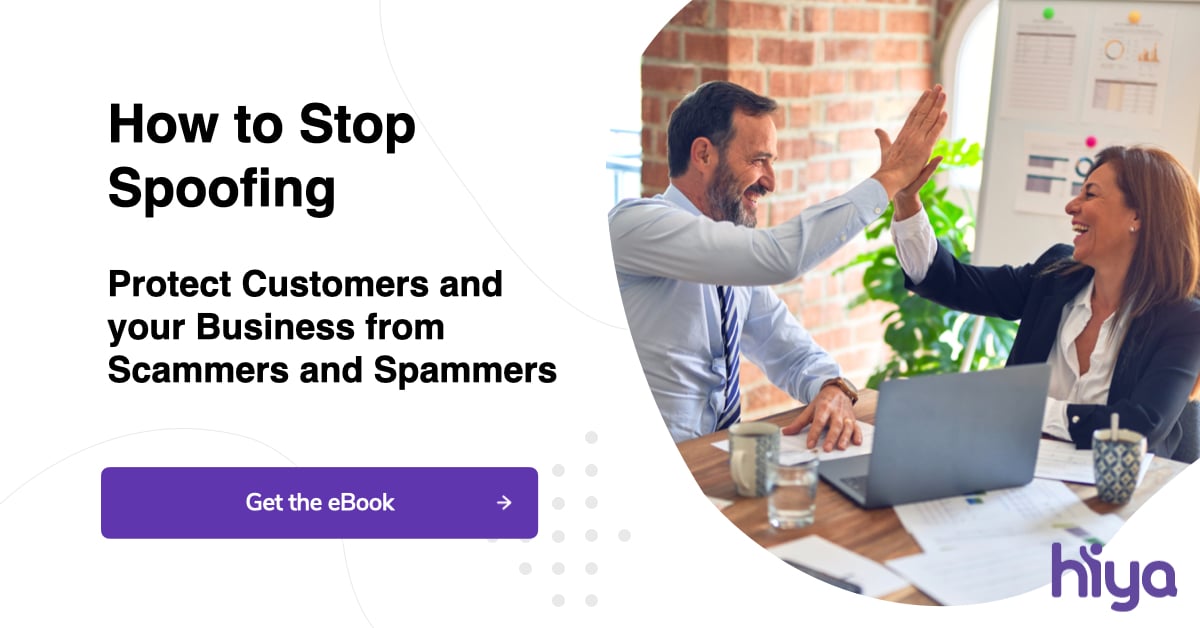
No one thinks they will be the next phone scam victim. Additionally, no one thinks the next victim will be a college educated, 25-34 year old female. Not even that very female. Yet, here we are. The best defense is a proactive one. Learn what a real scam looks like to better protect yourself.
In a text book IRS and gift card scam, a woman by the name of Sara was swindled out of $2,000. Here’s her story. [dun dun]
Sara received multiple calls from the same number in one day. When she first tried to call the number back, it was disconnected. When the number called her the next day, curiosity got the better of her and she answered.
The person on the other end of the line said he was conducting an FBI investigation and asked if she had yet been contacted by the local authorities, stating there was a warrant out for her arrest. Her stomach dropped, she said no. The caller proceeded to tell her she had outstanding tax payments with the IRS, a federal offense. He then connected her to his supervisor to discuss “next steps and options”. The supervisor outlined the following options:
- Don’t pay the taxes and maintain “blacklisted” status on her social security number, get arrested, and none of her secondary education degrees will be valid. Or:
- Repay what she owes to the government (a supposed $2,000), and all of the charges will be dropped and her SSN cleared.
She went with Option 2.
The caller insisted they stay on the phone until this whole ordeal had been rectified, then he asked where she was located. He found her location and told her the closest place where she could get the payment “vouchers” (i.e., gift cards). It was a grocery store near her house called QFC, and QFC gift cards have a “special relationship with the government” so they could be used for payment.
At the grocery store, when her credit card was denied for such a large charge, the caller told her to get the money from her mother. However, he stressed not to tell her mother why she needed the money because she could then implicate her in the crime. Once Sara got the money, she purchased the $2,000 in gift cards and provided the numbers on the back of the cards to the caller. Then, the caller asked her to mail the gift cards to an IRS address in Olympia, Washington, where the number appeared to be calling from (see spoofing).
After the caller received the gift card numbers, he told her that all of the charges would be dropped against her. He also said two officers would come to her location and interview her for their report. It was stressed that she not speak to anybody about the investigation until after she was interviewed by the police.
Overall, the process took Sara about 3 hours and cost her $2,000.
While this is just one example of the types of scams we see (well, two different scams wrapped in one), it’s important to remember that scammers change their technique by the day. If you get a call that sounds suspicious but doesn’t follow this exact example, it’s still very likely a scam. Any legitimate organization will *never* ask for payment via gift card. Any legitimate organization will always let you hang up the phone and call back. Any legitimate organization will not threaten you or use scare tactics to elicit an immediate response, be it payment or personal information. The best defense is a proactive one, so keep up to date with the latest scams and know what to do if you think you’re talking to a scammer.




